2018 Hyundai Ioniq Review - Fading Into the Background, Gracefully

2018 Hyundai Ioniq Hybrid SEL
As much as I’d like to write every review the instant a loaner car leaves my site, sometimes travel or other duties take precedent and the review gets back-burnered for a while. Sometimes, a long while.
That’s usually okay – I take notes and have a pretty good memory for each vehicle. But on rare occasions, a car starts to fade from memory before the taillights even disappear from sight.
That’s usually a bad thing. Usually. But I get the sense that sometimes a certain car is engineered to be unmemorable.
That appears to be the case with Hyundai’s Ioniq Hybrid. Arguably the most mainstream of the Ioniq family – which also includes plug-in hybrid and pure electric versions – this car goes about its business relatively quietly, without the shouty “I’m a hybrid!” attitude of the venerable Toyota Prius (something I also dug about the Honda Insight hybrid).
Pairing a 1.6-liter four-cylinder to a 32 Kw electric motor, Hyundai lists the net horsepower at 139. A six-speed dual-clutch automatic transmission gets that power to the front wheels.
You’ll note that’s not even close to an eye-popping horsepower number, but this is a car more concerned with sipping fuel than supplying grins. Fast, it is not.
Other specs also scream “fuel-saver,” such as the 15-inch wheels (17s are available) or the lack of a full-size spare tire. Par for the hybrid course.
No one expects a hybrid dedicated to passing fuel pumps to be a “driver’s car,” and the Ioniq most definitely is not. Besides been adequate at best in terms of acceleration, the Ioniq isn’t particularly a blast to drive, although the steering is better than one expects from a gas-saver, and the ride is just fine for urban commuting.
The hatchback bodystyle gives Ioniq owners a little extra dose of practicality. Go ahead, stuff this thing with groceries and pass a bunch of fuel pumps. The MPG rating is 55 city/54 highway/55 combined for SEL trimmed cars like my tester.
It wasn’t just the “polite suburban dad” manners of the Ioniq I found myself mostly fond of. The price was right, too. A Tech package ($1,000) added lane-keep assist and automatic emergency braking, along with smart cruise control. Other than carpeted floor mats ($125), the SEL was otherwise unadorned with options, and the total price, including destination ($885), was $26,010.
This included standard features such as keyless entry and starting, body-color mirrors and door handles, LED DRLs and taillights, automatic headlights, heated front seats, dual-zone climate control, leather steering wheel with paddle shifters (not that anyone is gonna use them), UBS, Bluetooth, satellite radio, Apple CarPlay and Android Auto.
All that for a reasonable base price of $24,000.
With the exception of its odd name, the Ioniq doesn’t really stand out in the crowd. Prius buyers are immediately stereotyped, while anyone who buys an Ioniq will just blend into the background.
That’s not just an observation of character – the Ioniq’s styling doesn’t even stand out. Yes, the big front grille is noticeable, and the wheels are giveaway that you’re driving a hybrid, and the rear is a bit bulbous. But the overall package is still far more subtle than the Prius. Commoners won’t know that the Ioniq is a “green” car – it just looks like a generic compact hatch.
That continues inside, with a control layout that’s plain, simple, and not particularly sexy. It just works, and that will have to be enough.
For a variety of reasons, I don’t foresee a hybrid being on my next new-car shopping list. But if I decided to go green and wanted to do it well without breaking the bank, the Ioniq would get a long look. Honda’s Insight offers a bit more in terms of content and coddling, but some of the features available on the Ioniq SEL I tested would require a purchase of the pricier Insight Touring if you went with the Honda.
If you want a green car without a side of smug at a value price, the Ioniq, along with the rival Insight, is a compelling option. It will come down to content choices and budget. If you select the Ioniq, you’ll be motoring in the background, contentedly.
[Images © 2019 Tim Healey/TTAC]

Tim Healey grew up around the auto-parts business and has always had a love for cars — his parents joke his first word was “‘Vette”. Despite this, he wanted to pursue a career in sports writing but he ended up falling semi-accidentally into the automotive-journalism industry, first at Consumer Guide Automotive and later at Web2Carz.com. He also worked as an industry analyst at Mintel Group and freelanced for About.com, CarFax, Vehix.com, High Gear Media, Torque News, FutureCar.com, Cars.com, among others, and of course Vertical Scope sites such as AutoGuide.com, Off-Road.com, and HybridCars.com. He’s an urbanite and as such, doesn’t need a daily driver, but if he had one, it would be compact, sporty, and have a manual transmission.
More by Tim Healey
Latest Car Reviews
Read moreLatest Product Reviews
Read moreRecent Comments
- ToolGuy I'm several months behind on doing the homework, can't talk now.
- Tele Vision As a V1 owner I opine that Cadillac should be GM's version of AMG. i.e.: Regular Equinox with an inline 4 or V6; and an Equinox V with a twin-turbo V6; lowered; and appointed with many peeled cows - at twice the price. It'd sell. V all the things!
- Jeff Not really bad just mostly oil changes.
- Jeff Thanks again Corey for this Eldorado series.
- Scott I seriously doubt that they will be in business within three years. They are phasing out popular models and not replacing them. Durango is going to disappear next. They say that the elevators don’t stop on many mid level floors at the Stelantis HQ. They have let many designers and engineers go. Pretty soon the customers will get a clue that they shouldn’t bother stopping at a Stelantis dealership!

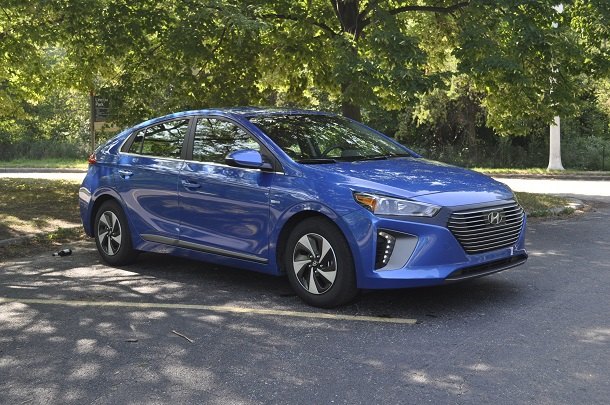














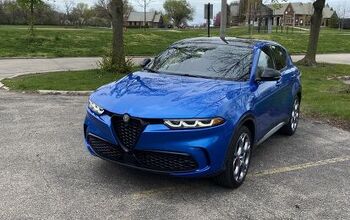

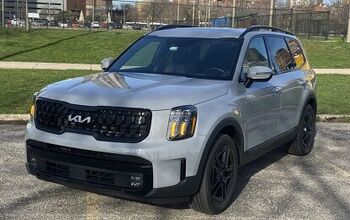

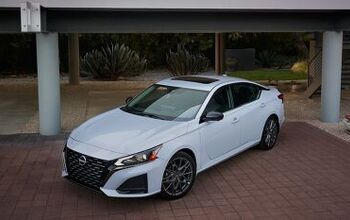
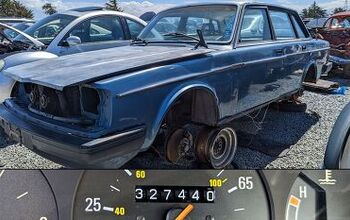
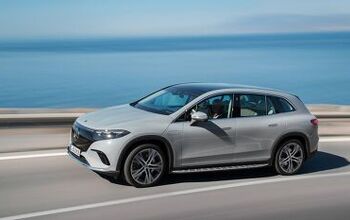
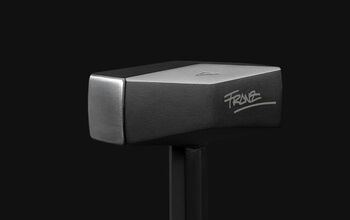
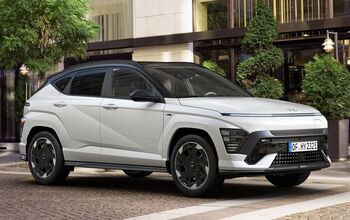


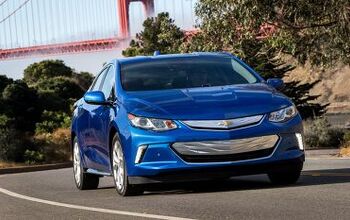

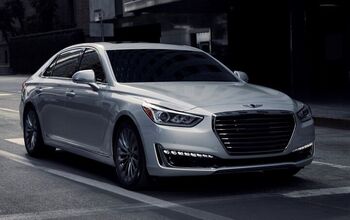
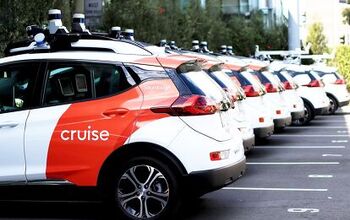

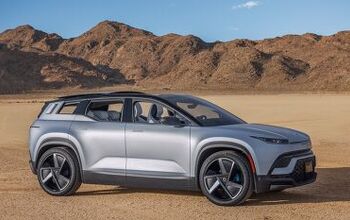
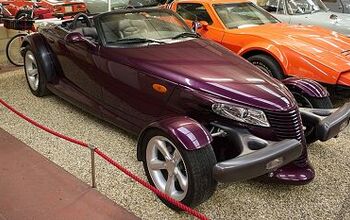
Comments
Join the conversation
I have the 2019 Ioniq EV, and absolutely love it. I cross-shopped the Tesla Model 3, Nissan Leaf, and Chevy Bolt. The Ioniq won out for several reasons, some of which include price, ergonomics, driving dynamics, and looks. The rear visibility is not really bad, and I personally like the split window look, but the bottom panel of glass is never clean, however. Visibility is no better in the Model 3, for instance. The drivetrain in the hybrid version is the same as the Niro, which I thought was pretty good when I tested it last year. FWIW, Alex Dykes recently recommended the Ioniq Hybrid above every other compact car, and that's saying something.
Mr. Healey-- You don't yourself in a hybrid? I DO hope that's because you'll soon see yourself in a full EV, preferably powered by solar panels, right? The facts are damning. If you care about the planet, our only one, and the generations from whom we borrow it, then it's a no-brainer: you must transition. Or is the limited money provided to you by the incumbent/status quo brands enough to cause you to look away and pretend there's nothing to worry about? “It is difficult to get a man to understand something, when his salary depends on his not understanding it.” ― Upton Sinclair ********************** https://www.jpl.nasa.gov/news/news.php?feature=7322 "About the size of Florida, Thwaites Glacier is currently responsible for approximately 4 percent of global sea level rise. It holds enough ice to raise the world ocean a little over 2 feet (65 centimeters) and backstops neighboring glaciers that would raise sea levels an additional 8 feet (2.4 meters) if all the ice were lost." Or, in a far better telling--from the glacier itself: https://interactive.pri.org/2019/05/antarctica/doomed-glacier-race.html Thanks.